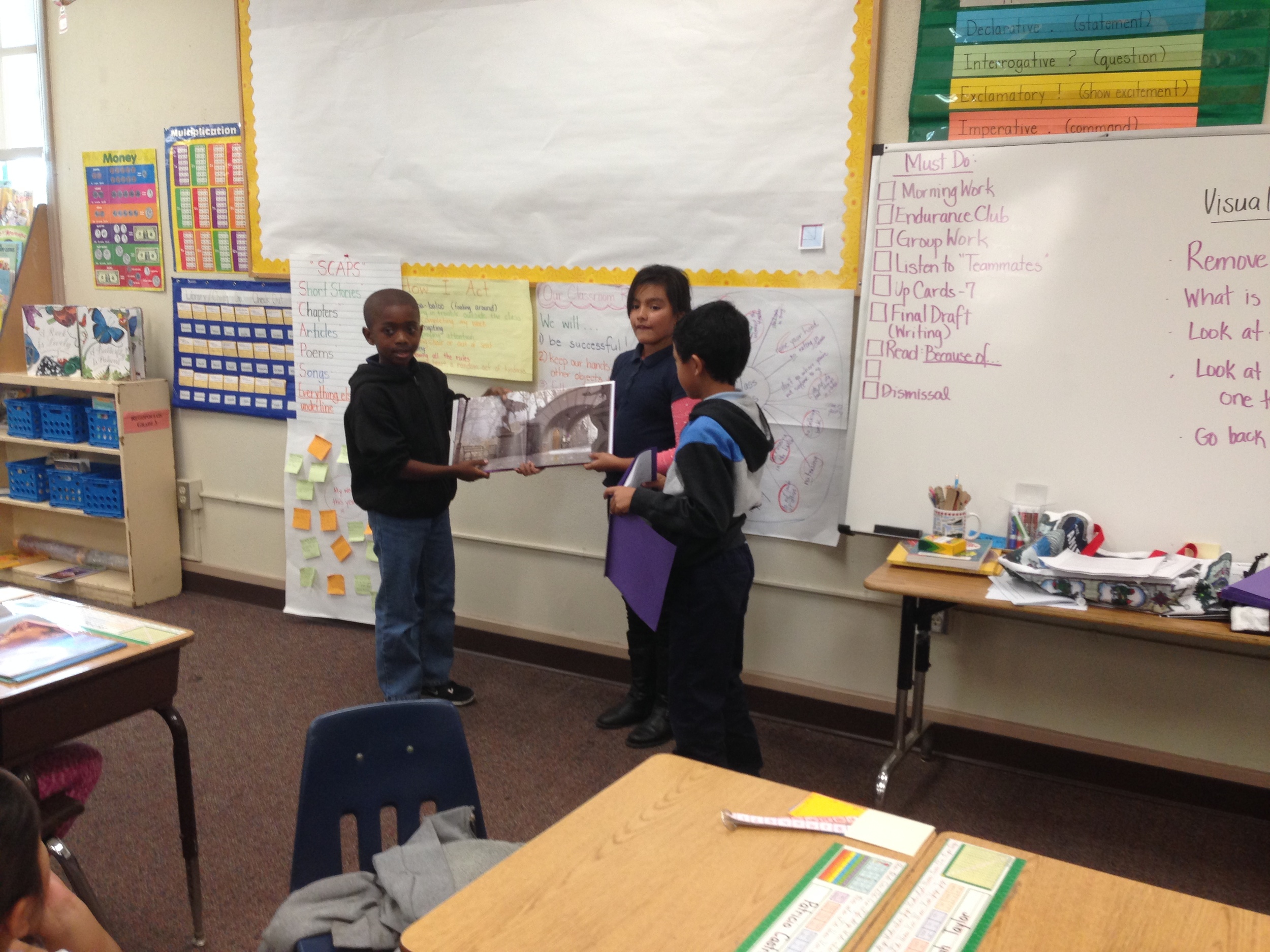This past winter, I served on the CYBILS Elementary/Middle Grades Nonfiction Panel as a Judge. One of the other judges was Lisa Taylor (@shelfemployed). Lisa is a librarian at Ocean County Library in New Jersey. Recently, I had a chance to hangout via Google Chat with some of her students.
As part of a 4-week reading club, these students had to "Read, Reflect, and Relay":
* READ any book that won a Schneider Family Book Award
* REFLECT on the book's meaning
* RELAY the book's message in a multimedia "booktalk"
Well, you can imagine how cool this is to me considering my participation as a juror on the Schneider Family Book Award Jury. I also like to share how teachers or librarians are bringing books alive with students.
Here is Lisa's commercial to attract students to the club:
Here is the video Lisa created for A DOG CALLED HOMELESS as an example of what they could do:
Here are the student created videos for the following books:
ANYTHING BUT TYPICAL by Nora Raleigh Baskin
WONDERSTRUCK by Brian Selznick
AFTER EVER AFTER by Jordan Sonnenblick
A DOG CALLED HOMELESS by Sarah Lean
Students who participated in this club ranged in age from 10 to 14. The videos reflect various skill and understanding.
Thank you Lisa and your students for sharing with me your enthusiasm for books and your club project and videos.















